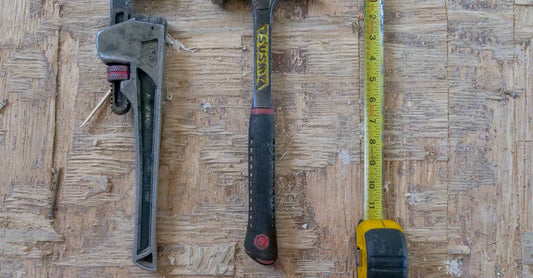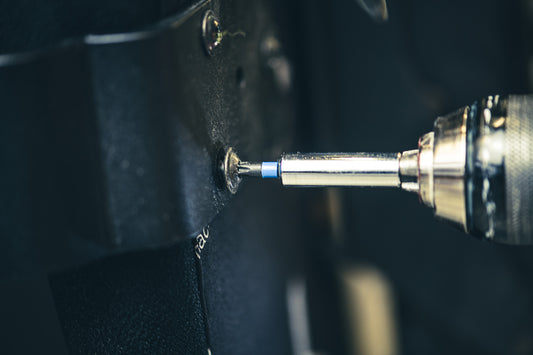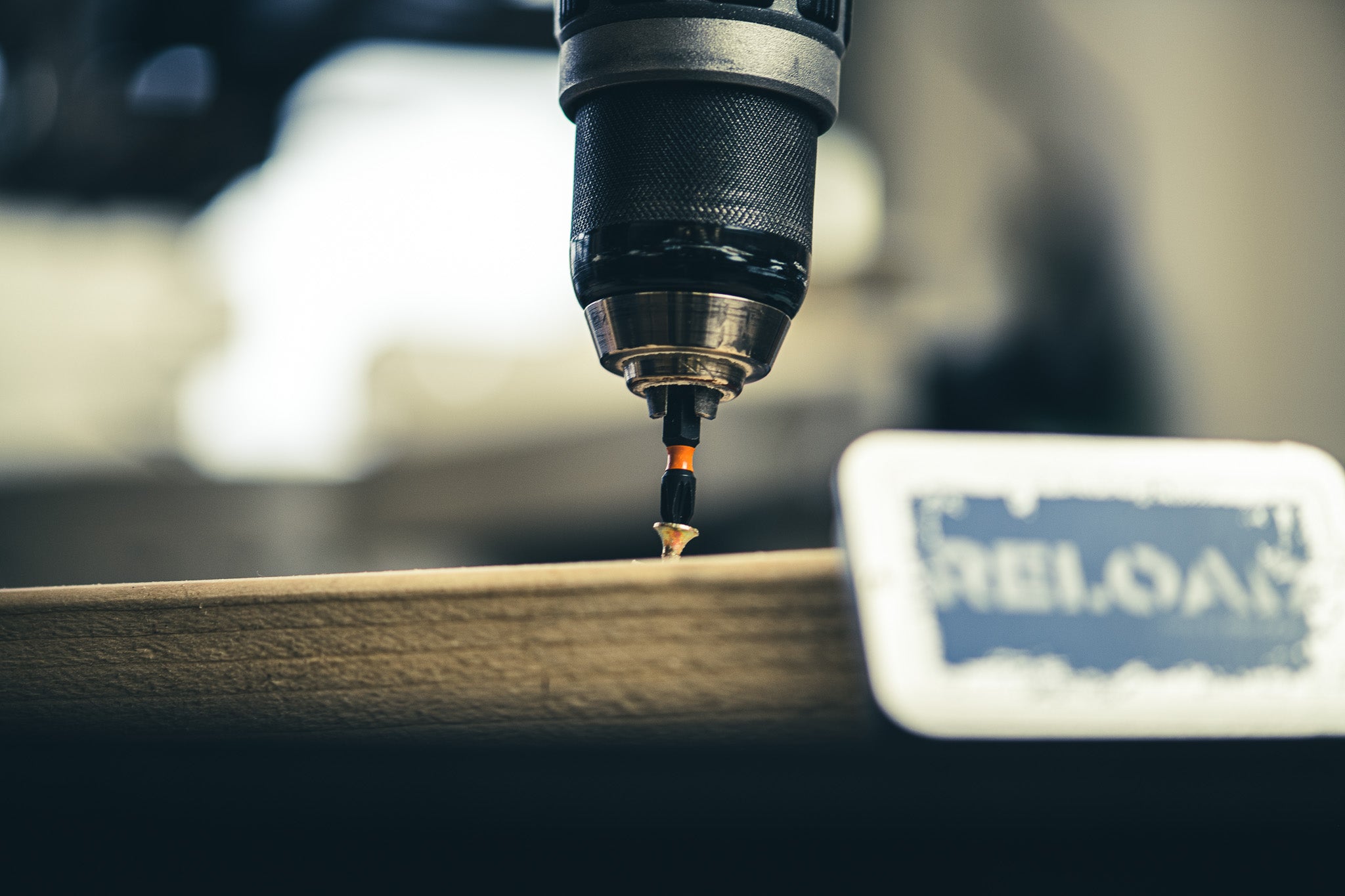hēt trās
Heat Trace (noun)
A system of electric cables used to prevent water pipes from freezing
Example usage: 'We need to install a heat trace system to keep the pipes from freezing in the winter.'
Most used in: Colder climates, particularly those with sub-zero temperatures during the winter.
Most used by: Plumbers, HVAC technicians, and other trades people who work on water pipes.
Popularity: 8/10
Comedy Value: 5/10
Also see: Heat Tracing, Heat Trace Cable, Heat Tracing Cable, Heat Tracing System,
What is Heat Trace in Plumbing Construction?
Heat trace, also known as electric trace heating or surface heating, is a process used in plumbing and construction to prevent pipes and other surfaces from freezing or becoming too cold. This process involves the use of electrical cables or heating elements that are wrapped around or attached to pipes or other surfaces to maintain a desired temperature.
Heat trace is often used in plumbing construction to ensure that the plumbing systems remain operational in cold weather environments. By using heat trace, plumbers can ensure that pipes do not freeze, which can cause water supply issues, burst pipes, and flooding. In addition, heat trace can help protect against corrosion and other damage caused by extreme cold.
Heat trace is becoming increasingly popular in the plumbing construction industry. According to a recent survey, the global heat trace market is expected to reach $4.4 billion by 2025, with the demand for heat trace products increasing due to its various advantages. Heat trace is a reliable, cost-effective solution for plumbing construction, and its use is likely to continue to grow in the future.
.The History of Heat Trace in Plumbing Construction
Heat Trace, also known as Heat Tracing, is a term used in plumbing construction. It refers to the process of heating pipes and other components of plumbing systems in order to prevent the flow of liquids from freezing. This process is also used to maintain the temperature of plumbing systems and to prevent condensation. Heat Trace has been used in plumbing systems since the early 20th century.
The term “Heat Trace” was first used in the early 1900s in the United States. It was initially used as a method of keeping water in pipes from freezing in cold climates. The first use of Heat Trace was to wrap electrical heating cables around pipes and other plumbing components. This allowed for the pipes to be heated and kept at a temperature that would prevent freezing. Since then, the use of Heat Trace has expanded to include other applications such as preventing condensation and maintaining temperatures in plumbing systems.
Heat Trace has become an important part of plumbing construction and is used in many different industries. It is used in residential and commercial buildings, as well as in industrial applications. Heat Trace has become an essential tool for plumbers, helping them to maintain temperature in plumbing systems and to prevent freezing. Heat Trace has become an essential part of plumbing construction and is used in many different industries.




